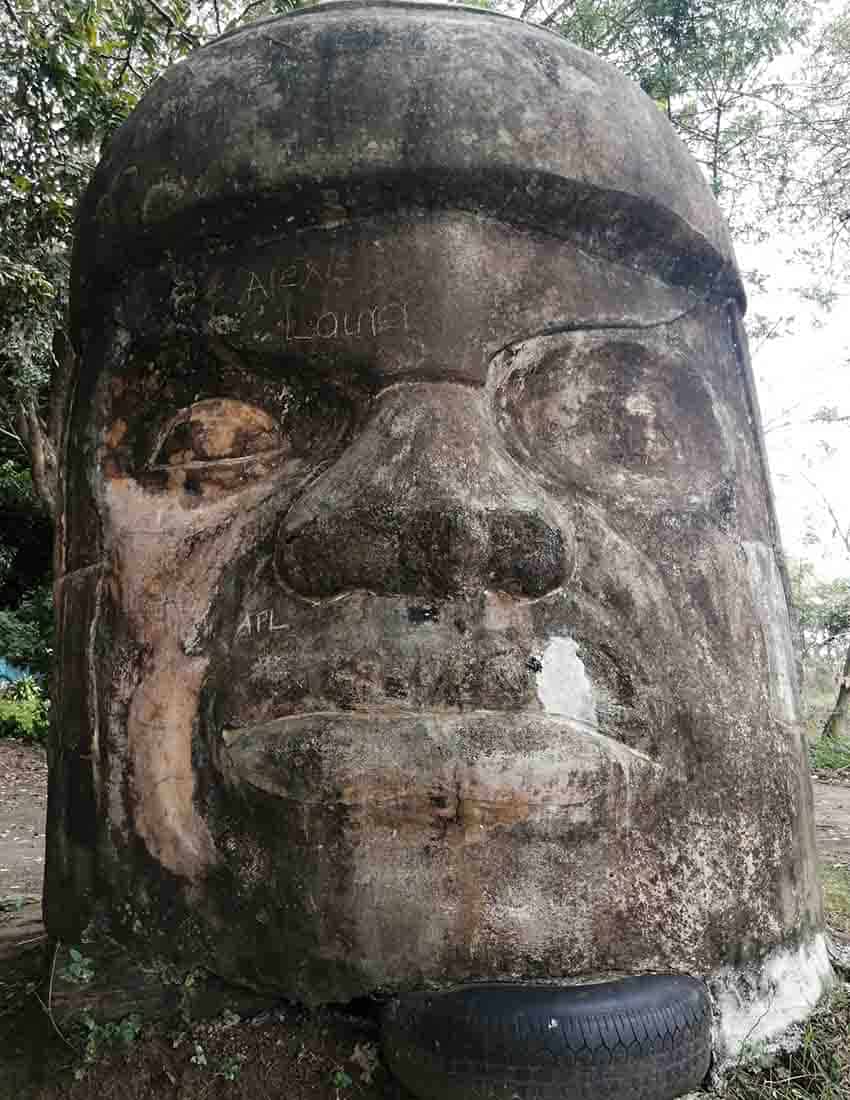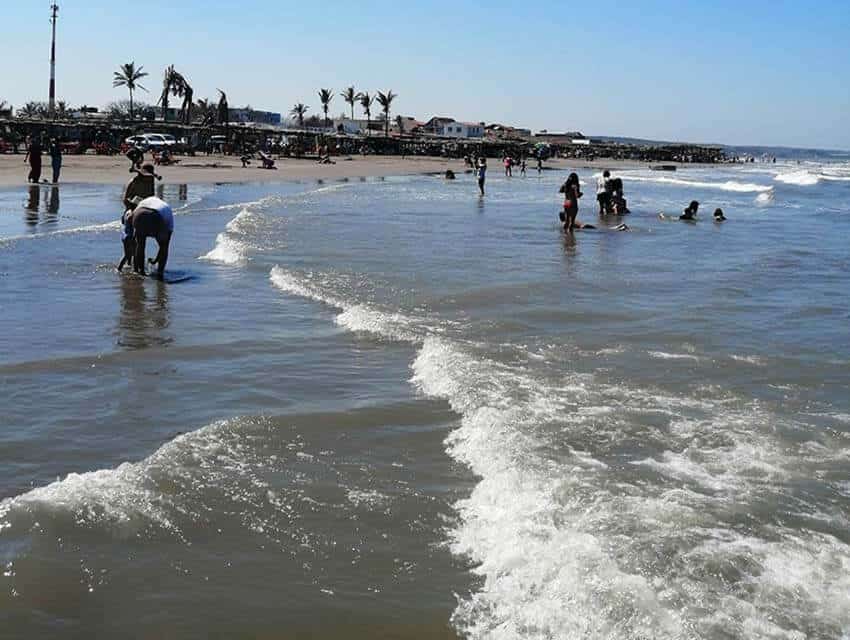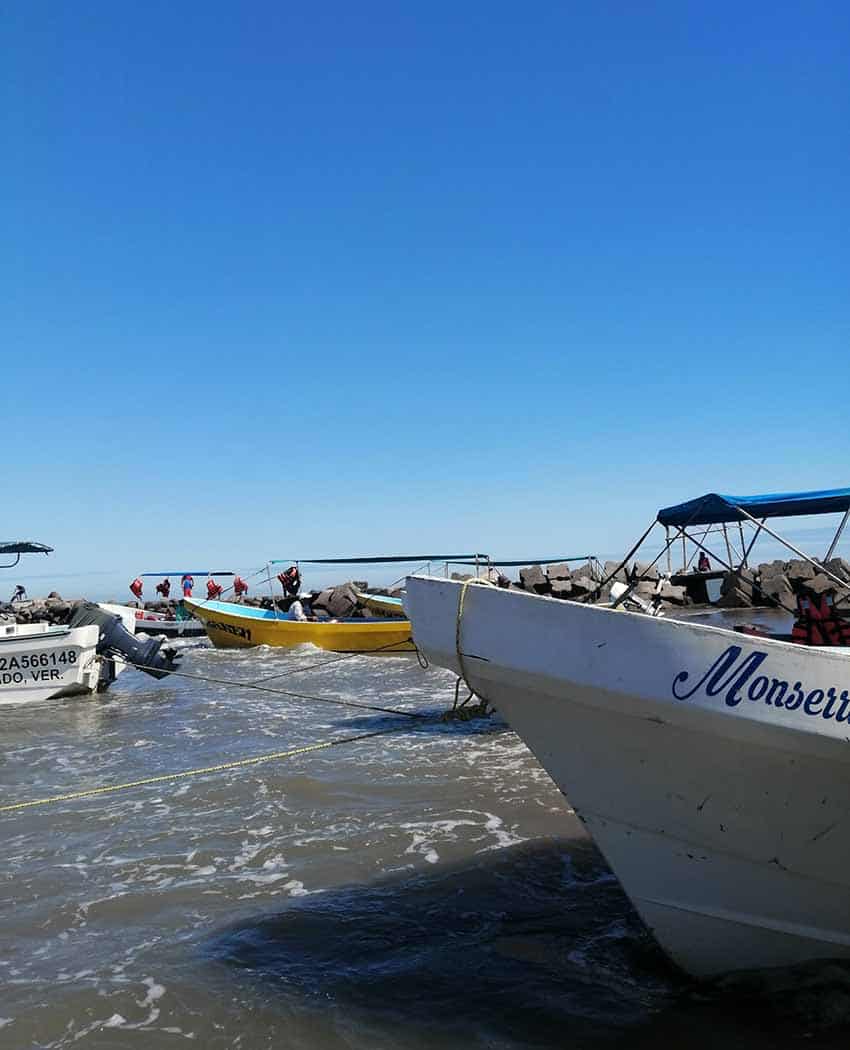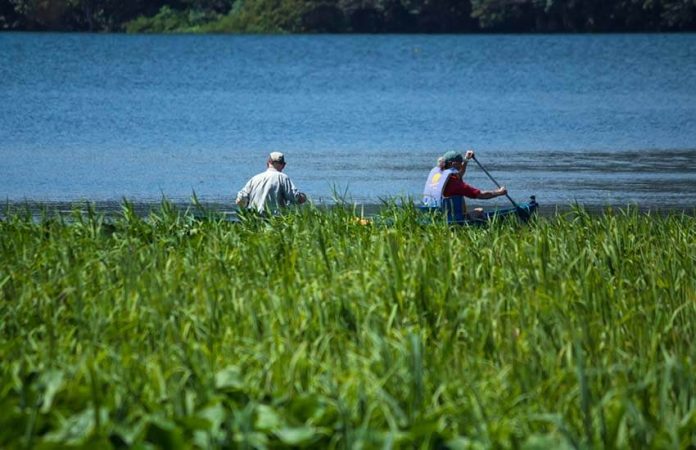I never thought of much of Mexico’s eastern coast north of Chetumal as a beach destination, but I was surprised on a recent trip to Veracruz at how many undiscovered beaches and tourist-free towns awaited me. If you are the kind of tourist that wants to avoid the crowds, loves great food, and doesn’t mind some basic accommodations, southern Veracruz might just be your next location to explore.
Some towns are undiscovered for good reason: there is little tourism infrastructure, and beaches are wind-swept with black-brown sand, grass-covered dunes and, in a few places, trashy coastlines. However, a few beach spots in this part of the Gulf Coast stand out, and even a few small eateries and isolated hamlet-like towns.
My companions and I started exploring the coast from the south up, staying overnight in Catemaco, known for its witchcraft and stunning location next to gorgeous Lake Catemaco, which sits on an expansive 72 square kilometers surrounded by volcanoes and mountains. You can take a boat out on a 50-minute or 1.5-hour cruise to see an island of wild monkeys, get cleansed by a local shaman, experience the area’s biodiversity and watch the fisherman on Agaltepec island dry tiny topote fish in clay ovens.
Make sure to try the local specialty here, carne de chango, which despite its name is not made with monkey meat, but pork smoked with guava and orange leaves.
We stayed in the Hotel del Lago, which was great in a simple kind of way, with a swimming pool in the central courtyard and a Boca Raton aesthetic, one I found charming after not having stayed in a beach motel for a long time.

The rooms were only US $30 with a good Wi-Fi connection, comfortable linens and a kitchen and bar open until nearly midnight.
Another hotel recommended to us was Hotel La Finca down the road, a slightly more upscale location with a spa, swimming pool and lake views.
The drive from Catemaco eastward to the coast is overflowing with green wildness, with a stretch of the road blanketed in a high mountain mist, which on that day, converted into a full-fledged thunderstorm. September to January is when the nortes blow wind and rain down from the Atlantic, and the best months to visit here are during Mexico’s rainy season, from May to August.
The storm caused us to stop in Montepio, which I think even without a storm would look beat-up, but the woman who served us hot coffee there said that the place is packed during Easter Week vacation and that the two rivers that flow out to ocean at the town’s beach make the area popular with kayakers and swimmers.
Playa Revolution further up the road was much more picturesque, with a stretch of uninhabited beach bordered by dunes with glorious green vegetation. While these beaches are nowhere near the crystal-clear waters of Cancun, they make up for it in wild beauty — like the cactus-dotted dunes at Salinas Roca Partida beach or the breathtaking views at Punta Roca Partida, which requires a boat ride from the town of Roca Partida to get a close look. There are several landmarks and a town all named Roca Partida, so it can get confusing.
There are only a handful of good places to stay along this road, but we did find Cabañas El Muñeco which has an adorable set of yellow cabins that face the beach with a view to the sea blocked but also enhanced by a row of palm trees at the end of the property.

The lodging is very basic but cozy, with rooms that cost US $25 a night for a double bed and a terrace to enjoy the sea breeze. The one drawback is that the water is solar heated, so on the rainy day we arrived, we were out of luck for a hot shower.
The food here was some of the best on our trip — delicious local seafood cooked with a real homestyle flair. We had crispy fried tilapia and chipotle shrimp one afternoon with ice-cold beers, and fried cheese and seafood empanadas with hot coffee the next morning.
North of Roca Partida, the best beach was Salinas Roca Partida, which has several beach access points. One leads you past the local football field and takes you to a beach with a river’s mouth, and another has a little more tourism infrastructure and an official place to park. These areas will have plenty of beachgoers during the high season, but nothing compared to the crowded spots further south.
Further north is Toro Prieto, a tiny town with another wild, dune-filled beach and a couple of sea-worn palapas on its shores. We then headed further north, passing Puerto Alvarado, one of the region’s oldest ports and home to many of its original colonizers, then made our way to Anton Lizardo, another popular beach spot with locals. You will find it cheek to jowl during the high season. Its real draw is an island off its coast, Isla Enmedio, with stunning turquoise waters that is now a natural protected area. You can take a boat out to the island for around US $20 per person. Once packed with people, the local government has put restrictions in place about the number of boats and tourists allowed at a time, making the island a much more enjoyable day on the beach.
Further north and closer to the Port of Veracruz are several nice beaches, but most sit in front of gated communities or beach hotels, so access to the public is limited. A day trip to the riverside town of Tlacotalpan — a UNESCO World Heritage Site and charming little colonial town — is worth the trip.
Expect fresh, excellent seafood in this area, especially the shrimp, which are fished on the Papaloapan river and other areas nearby. Also, be sure to try local seafood cocktails even if you aren’t generally a fan of Mexico’s normal stingingly sweet versions. These drinks pare down the sugar and amp up the fresh seafood flavor.

Also good are the picadas, a large, thick tortilla topped with salsa, cheese and sliced onion. The spicy sauces that go with it are made with local chilpaya peppers.
If you like beach vacations light on glitz but heavy on pristine beauty, don’t overlook Veracruz’s beaches: the land, the people, and the weather are all spectacular and for the time being, undiscovered by most foreign travelers.
Lydia Carey is a regular contributor to Mexico News Daily.
